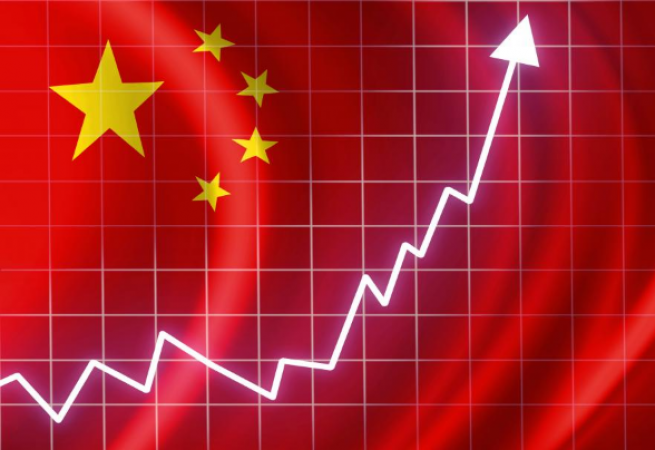
BEIJING: Foreign investors pulled out $8.8 billion from Chinese stocks and bonds in October due to changing geopolitical sentiments and concerns about Beijing's zero-Covid policy (IIF), according to the Institute of International Finance.
According to US-based IIF, the remaining US$1.2 billion was removed from bond markets, bringing the total outflow from Chinese equities to US$7.6 billion last month.
According to IIF data, only US$700 million in Chinese stocks and US$1.4 billion in debt were sold in September.
Also Read: China's economic tsar issues a rare warning to potential policymakers
Since Russia's invasion of Ukraine in late February, outflows from Chinese stocks and bonds have increased, attributed to a possible realignment of capital away from IIF China, while inflows to other emerging markets have remained largely strong. .
According to IIF, China has attracted steady and significant capital inflows over the past ten years at the expense of the rest of the emerging market.
As a result, according to IIF, the switch to outflows in 2022 is significant and reflects many discussions in the asset management industry.
It was not clear at the time whether the outflow from China was a transitory event or the result of a more fundamental realignment. With market participants looking at China from a new perspective, this argument is increasingly being made in favor of China.
The change reflects geopolitical concerns and concerns that China may be negatively affected by the government's zero-Covid policy in the medium term.
Also Read: Hong Kong stocks fall as Apple supplier GoerTek suffers from China deflation
There is no set timetable for abandoning the zero-Covid approach, according to Liang Wanian, who heads a panel of experts on China's coronavirus response.
This year, investor confidence has been dented by rising concerns about China's protracted zero-Covid policy, which requires lockdowns, mass screenings and quarantines. As a result, there have been many sales of assets denominated in yuan.
The yuan is under pressure after falling 14% against the US dollar this year as a result of a rate hike by the US Federal Reserve and increased capital outflows from Chinese stocks and bonds.
In addition, as yields on Chinese government bonds declined relative to US Treasuries, the spread between 10-year US and Chinese sovereign bonds increased from 20 basis points in June to 139 basis points in October.
Foreign investors sold $82.5 billion (or 598 billion yuan) of onshore Chinese bonds between January and September, according to estimates by French investment bank Natixis.
According to Natixis, the overall percentage of foreign investors' stake in domestic bonds declined from 3.45% in 2021 to 2.69% in September.
According to Natixis, a stable low yield gap with China could ease pressure on capital outflows if the US takes a less rigid stance on rate hikes.
Also Read: Japan is hot for Asian property investors while China remains cold
He continued to refer to the proverbial term for a problem that can only be solved by taking decisive action: "real estate in the economy is still the Gordian knot and the reason behind poor investor confidence in the bond markets."